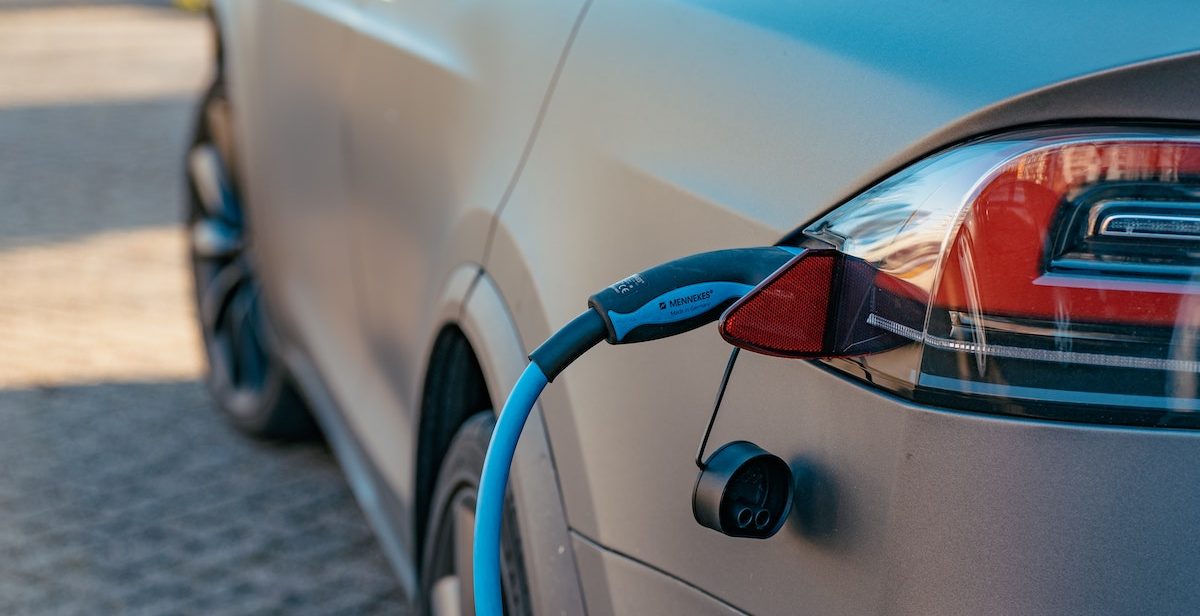In 2021 there were significantly more new electric vehicles (EVs) on the road in the UK. With that, there has also been a dramatic increase in methods to charge them. But not all of them are good. Read on to discover which charging networks to avoid.
In October 2021 Zap-Map, the UK’s leading EV mapping service, published the results of its annual public charging network survey.
Based on the opinions of over 3,000 EV users, it’s the most detailed survey of EV drivers in the UK. Participants scored their overall satisfaction for the networks they use regularly based on four areas: reliability, ease of use, cost and facilities.
The worst-rated EV charging networks
Here’s what EV drivers said about which charging networks to avoid:
- Third from bottom is BP Pulse Network. With an overall rating of 2.5 out of 5, lost points for reliability and ease of use. Participants commented on unreliable units, price rises and poor customer service. There were also negative reviews of the network’s app and support line.
- Second from bottom is Charge Your Car with an overall rating of 2.5. Owned by BP Pulse, Charge Your Car has rapid, fast and slow charging devices. The network earned a low ranking in all categories apart from cost, where it came 8th.
- In last place is Legacy Ecotricity Electric Highway with an overall rating of 2.0. It ranked bottom because its 100+ chargers across the motorway service network have yet to be upgraded. The network also came last for reliability and ease of use for the second year running.
Last year not only saw remarkable growth in the number of new EVs on the road but also the charging infrastructure that supports them. As we move away from EV users being in the minority towards mass consumption, making public charging simple becomes more important than ever.

